Before the time of Lord Buddha, the ancient sanskrit Vedic texts were revealing to us secrets of how to attain ultimate peace and liberation.
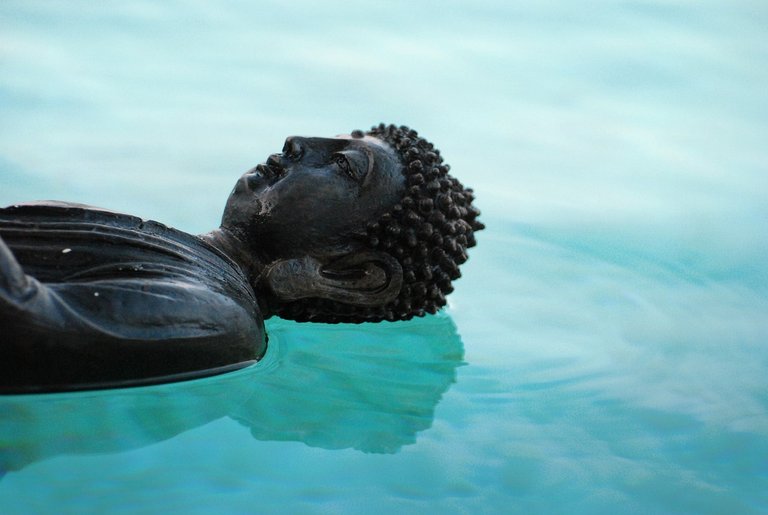
Just as the Buddha himself said over 2600 years ago, it is desire that causes suffering; and ultimate peace or cessation from suffering can be attained by transcending desire.
That is the essential general instruction given by Lord Buddha as he taught his students during his time on the planet. However, if we go back thousands of years earlier and look at the ancient text known as a Bhagavad Gita, we can see in the final verses of chapter two, how Krishna clearly explains that ultimately peace is achieved not by eliminating Desire or by denying it, but by becoming like the ocean.

What this means is clearly described here in this beautiful analogy of the ocean being filled constantly by numerous rivers of water that pour into her vast and accepting body. However, despite accepting this incessant flow of water, still the ocean remains unchanged and still.
And herein lies the mystery.
It is not by denying that desire exists that we can simply walk away from it. Rather, the secret lies in being so full within oneself and complete, with a sense of wholeness based upon one's spiritual practice, that one no longer feels those desires as being in any way particularly significant in comparison.
By being full in one's practice one no longer finds other desires as attractive. And this includes Desire not only for name and fame, money and profit, distinction, but even the very Desire for liberation, which is aspired for by the Yogi and those who seek to escape the harsh struggle of material existence.
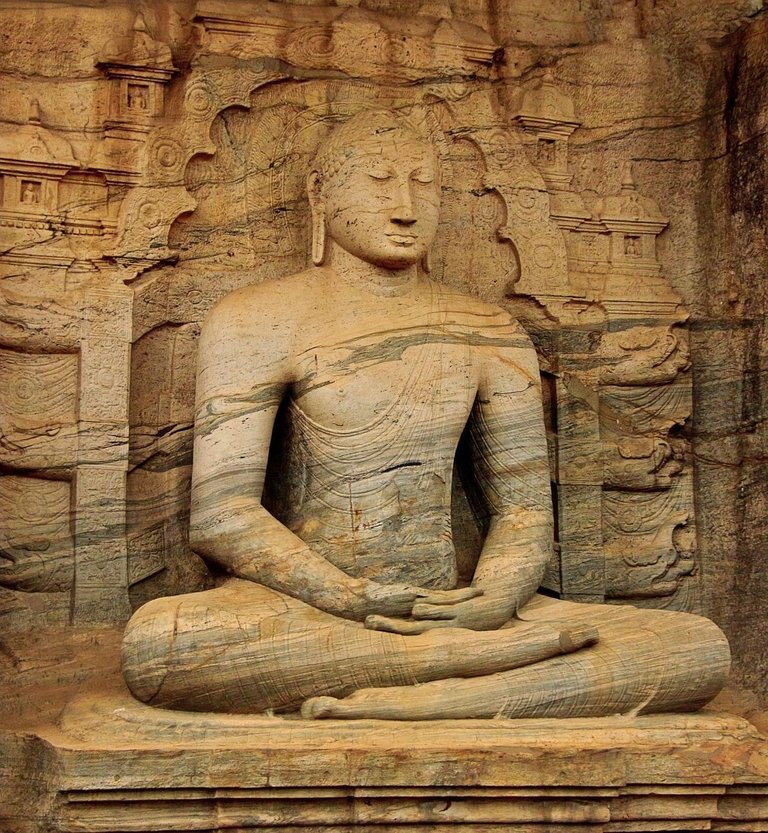
And how does one become full in ones sense of spiritual awareness? The secret lies in being linked up in service to a Higher Cause other than the mere ego. Higher even for that matter than one's family or community.
Mere humanitarian service to one's society, family or loved ones is but a material attempt at uplifting those in more difficult conditions than yourself. A higher cause than that would be to uplift all suffering humanity who maybe and trapped in the cycle of repeated birth and death, lifetime after lifetime. By uplifting all of those struggling souls that might be here, as well as uplifting oneself from the mire of illusion - that is to say, the snares and nets of Maya Devi who keeps the Living entity in illusion and blinded by the misidentification with this material body and mind - one is able to solve the very root of the problem once and for all.
This could be compared to the bodhisattva of the a traditional Buddhist culture. Such a sadkaka or aspirant is one who declines the desire for liberation or salvation. They prefer rather to facilitate the liberation of all other suffering living entities here struggling in this hard struggle for existence in the material world.
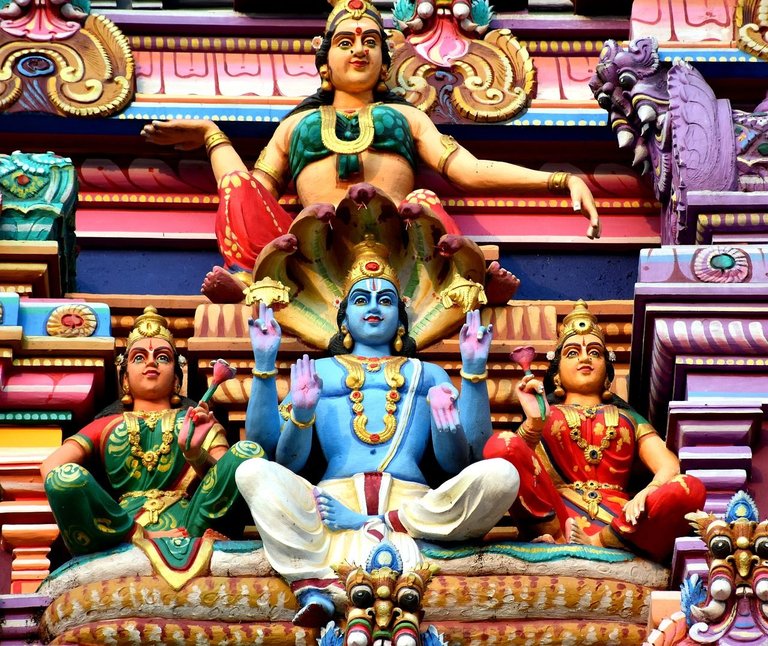
After all, by far the majority of all people on this earth are under a hard struggle for existence. Only the rare few of us are able to enjoy relative high quality of life as we do in our current situations, dear reader. The majority of our fellow human beings are in far worse conditions than ourselves and therefore the aspirant and Yogi who has really attained a condition of linking up with the supreme in yoga, would feel not only personally fulfilled or satisfied in that primary desire, but simultaneously would feel a condition of compassion, with a rise in their heart, for the struggling condition of the other living entities in human form of Life who remain shackled by their desires or remain in ignorance, perhaps held that way by unscrupulous leaders or others who wish to exploit them in this material world.
And how does one achieve this condition of linking up with supreme in yoga? Secret lies not merely in the practice of hatha yoga, ashtanga yoga, or any of the other technical practices as mentioned in the vedic literatures.
It lies, more esoterically, in the practice of Bhakti yoga, where one brings in an affair of the heart.

The yoga of loving devotional service is particularly suited to our condition in this age, the final age of the great cycle of Ages as mentioned in the vedic tradition. In this Final age, the easiest practice to Awaken the state required to achieve liberation, is to cultivate the yoga of love, where one meditates upon the relationship that each of us has with a divinity, and specifically cultivates that relationship through service.
It is through serving the will of the Divine, or the higher plan, that one can supersede the desires of the ego and the body. In this way, by transforming lust into love, one can re-channel this powerful energy and use it for once liberation.
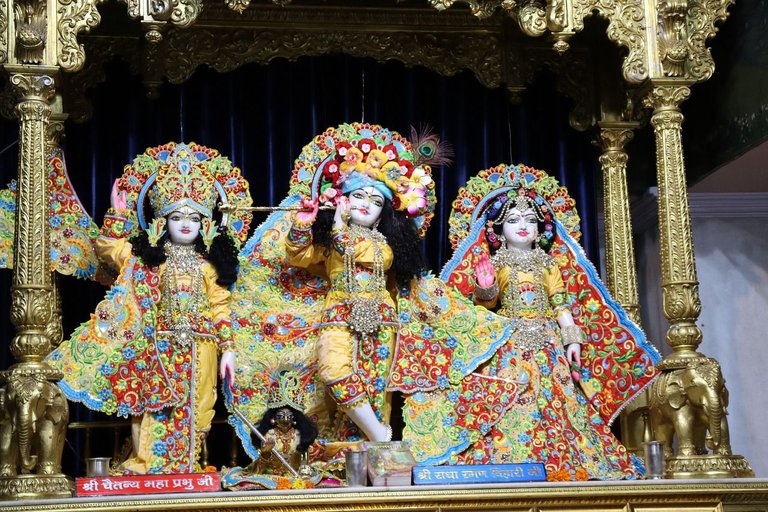
These secrets to finding not only peace but also the state of perfection in yoga, or liberation, even while here on earth in this material body, is all mentioned and all available for us to find in the pages of Bhagavad Gita.
Just turn a lust into Spiritual Love, Love Of The Divine, and success can be yours. Just be like the ocean and tolerate the incessant flow of Rivers while remaining still, calm and tranquil, and in that way by meditating on this beautiful example as seen in nature mentioned to us here in this text from chapter 2 of bhagavad Gita.
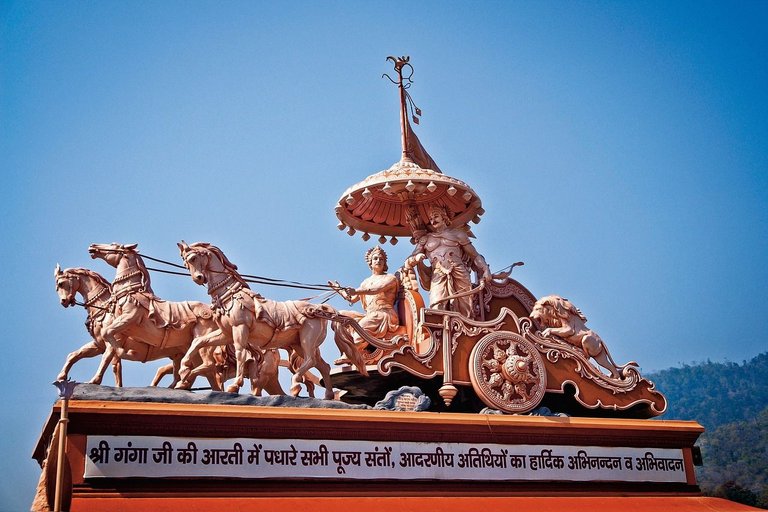
Thus we can see how easy it is to find this ancient Wisdom all around us, if we simply have the receptive eyes to perceive it.
Bhagavad Gita ch2:70
आपूर्यमाणमचलप्रतिष्ठं
समुद्रमापः प्रविशन्ति यद्वत् ।
तद्वत्कामा यं प्रविशन्ति सर्वे
स शान्तिमाप्नोति न कामकामी ॥ ७० ॥
āpūryamāṇam acala-pratiṣṭhaṁ
samudram āpaḥ praviśanti yadvat
tadvat kāmā yaṁ praviśanti sarve
sa śāntim āpnoti na kāma-kāmī
SYNONYMS
āpūryamāṇam—always filled; acala-pratiṣṭham—steadily situated; samudram—the ocean; āpaḥ—water; praviśanti—enter; yadvat—as; tadvat—so; kāmāḥ—desires; yam—unto one; praviśanti—enter; sarve—all; saḥ—that person; śāntim—peace; āpnoti—achieves; na—not; kāma-kāmī—one who desires to fulfill desires.
TRANSLATION
A person who is not disturbed by the incessant flow of desires—that enter like rivers into the ocean which is ever being filled but is always still—can alone achieve peace, and not the man who strives to satisfy such desires.
PURPORT
Although the vast ocean is always filled with water, it is always, especially during the rainy season, being filled with much more water. But the ocean remains the same—steady; it is not agitated, nor does it cross beyond the limit of its brink. That is also true of a person fixed in Kṛṣṇa consciousness. As long as one has the material body, the demands of the body for sense gratification will continue. The devotee, however, is not disturbed by such desires because of his fullness. A Kṛṣṇa conscious man is not in need of anything because the Lord fulfills all his material necessities. Therefore he is like the ocean—always full in himself. Desires may come to him like the waters of the rivers that flow into the ocean, but he is steady in his activities, and he is not even slightly disturbed by desires for sense gratification. That is the proof of a Kṛṣṇa conscious man—one who has lost all inclinations for material sense gratification, although the desires are present. Because he remains satisfied in the transcendental loving service of the Lord, he can remain steady, like the ocean, and therefore enjoy full peace. Others, however, who fulfill desires even up to the limit of liberation, what to speak of material success, never attain peace. The fruitive workers, the salvationists, and also the yogīs who are after mystic powers, are all unhappy because of unfulfilled desires. But the person in Kṛṣṇa consciousness is happy in the service of the Lord, and he has no desires to be fulfilled. In fact, he does not even desire liberation from the so-called material bondage. The devotees of Kṛṣṇa have no material desires, and therefore they are in perfect peace.
Ref: Bhagavad Gita As It Is, translation and commentary by Swami A. C. Bhaktivedanta, original MacMillan 1972 edition
images pixabay